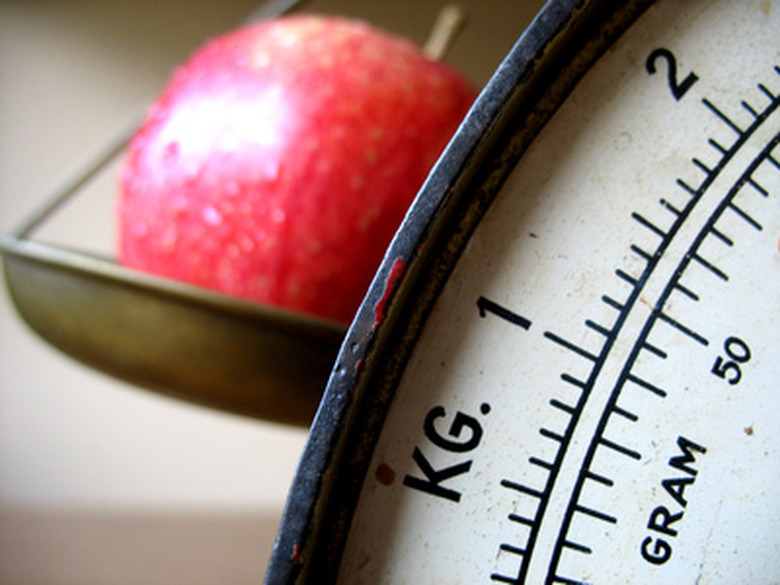How To Measure Mass & Density
Two fundamental physical properties of matter are mass and density. Knowing how to measure these properties should be part of everybody's education. The density of an object is not directly measurable; rather, you must measure first the mass and volume of the object to calculate density. The standard measurement of density is that of water, which is roughly 1 gram per cubic centimeter. In order for an object to float, it must have a density less than 1 gram per cubic centimeter.
Step 1
Calibrate the scale you will use to measure the mass of your object. For an electronic or digital scare, there is a calibration or tare button that will set the scale to zero and prepare you for weighing your object. For a triple-beam balance, you must adjust calibration knobs until the mass indicator points to the red or black level line.
Step 2
Weigh the object on your scale and write down its mass in grams. If your scale does not measure grams, convert the mass to grams using the proper conversion factor. For example, 1 kilogram equals 1,000 grams, 1 ounce weighs roughly 28.35 grams.
Step 3
Fill the beaker with enough water for the object to be immersed. Write down the volume of water in the beaker for the next step. Measure the volume in cubic centimeters, which is the equivalent of millimeters.
Step 4
Place the object into the beaker so it is fully immersed in water. Measure the new volume of the beaker.
Step 5
Calculate the volume of the object by subtracting the original volume of water from the new volume with the object.
Step 6
Calculate the density of the object by dividing the mass in grams by the volume in cubic centimeters. For example, an object with a mass of 25 grams and a volume of 5 cubic centimeters has a density of 5 grams per cubic centimeter.
Things Needed
- Scale
- Beaker
Cite This Article
MLA
Andromeda, Ricky. "How To Measure Mass & Density" sciencing.com, https://www.sciencing.com/measure-mass-density-7820720/. 24 April 2017.
APA
Andromeda, Ricky. (2017, April 24). How To Measure Mass & Density. sciencing.com. Retrieved from https://www.sciencing.com/measure-mass-density-7820720/
Chicago
Andromeda, Ricky. How To Measure Mass & Density last modified March 24, 2022. https://www.sciencing.com/measure-mass-density-7820720/
